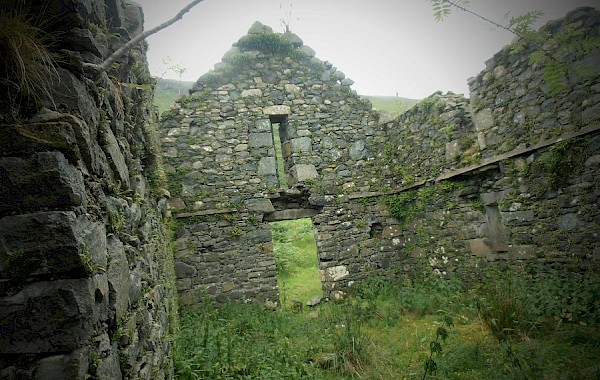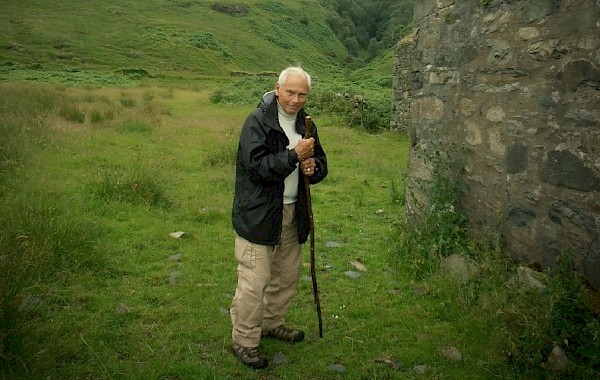
John Keats: a tourist in turbulent times
romhc Friday, 12 June 2020
Two centuries ago, in July 1818, John Keats and a friend made their way across Mull. They were on a walking tour of Scotland. Fingal’s cave on Staffa, with its associated legends and remote and beautiful setting, had caught the romantic imagination of the general public as far away as London, where Keats lived and was studying medicine.
He was also exploring his gift of poetry, wanting to practise it and longing to experience rugged landscapes which other Romantic poets were finding inspiring. This, though, was a budget holiday, and when Keats and his friend Charles Armitage Brown reached Oban they discovered that they couldn’t afford to take a boat around Mull to reach Staffa. Then a local man suggested that they take the shortest sea crossing, via Kerrara to Achnacroish at Grasspoint, on one of the boats which brought cattle to market on the mainland. The boats went back empty, so for travellers on a shoestring this was affordable.
All they had to do after that was tramp across miles of bog and muddy, stony tracks (not the smooth single-track road which normally carries volumes of traffic today). We take bus and car travel for granted, making the journey in an hour. It took Keats and Brown four days, sleeping in shepherd’s huts, wading through burns in spate ... it rained heavily all the way. This was said to be the worst summer in living memory (though that’s heard quite often in Mull!) The overcast skies then were the result of the eruption of Mount Tambora in the East Indies, which affected weather around the world, having an impact on harvests and health.
Today, again, there’s a world-wide crisis that started in the far east. The Covid-19 pandemic is taking a terrible toll of human life, while the lockdown which protects communities like Mull is also threatening our livelihoods. Two centuries ago, tourism was tangential to the lives of the shepherds and fishermen of Mull, though we know from Keats’ letters home that local people who sheltered them and showed them the way were friendly and entertained by their accents and the lack of Gaelic, and even the spectacles of the two strangers in wet clothes who walked through Mull (six miles before breakfast one day) full of curiosity and cold.
Nowadays the people of Mull and Iona hope to welcome back visitors when it’s safe. And if you’re not able to come to the islands this summer, you can have a small ‘virtual’ adventure in the comfort of your warm dry home, reading our publication Keats in Mull by Dr Stewart Cameron. It’s packed with interesting details. And – in case you were wondering – although the cough Keats caught on his walk went to his chest, he and his friend reached Iona, went on to see Staffa, and then climbed Ben Nevis on the way home. Tourists were made of stronger stuff in those days!
You can purchase the book online from our Publications page.
The pictures below show the author Dr Stewart Cameron at the ruined farmhouse at Derrynacullen, where Keats wrote to his brother Tom about their hearty breakfast, after walking through Glen More.


